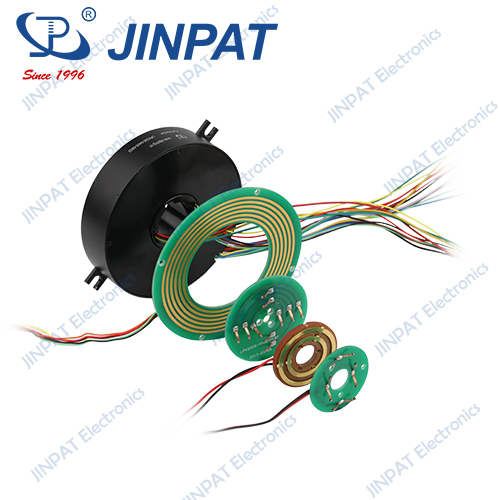


Published on Jan 2, 2025
For the manufacturing industry, costs are always an unavoidable topic. Various factors affect the price of finished products at the manufacturing plant, which in turn affect the cost of the final devices. In the conductive slip ring industry where JINPAT operates, although some high-end conductive slip rings require significant technical expertise for research and development, many mid-range and budget segment products have ready-made templates for review.
Because of the wide availability of material supply channels for mid-range conductive slip rings, manufacturers new to the industry tend to start with mid- to low-cost products with transparent costs. When the production volume of these products reaches a certain level, they can effectively control the production cost of conductive slip rings, thereby effectively controlling the selling price and ensuring stable profits. However, for mid-range and budget segment products, although this approach may fulfill the survival needs of some startups, the low technical content and product markup are not enough to ensure the long-term survival of the company. On the other hand, mid- to high-end conductive slip rings have higher technical specifications, which not only confirms the manufacturer’s technical prowess but also requires significant cost control expertise.

In terms of cost, in addition to the cost of basic materials and labor, medium and high-end conductive slip rings also have some hidden costs. Some conductive slip rings require various certifications such as ROHS, CE, etc. These environmental certifications have stringent requirements for the content of heavy metals and other substances in the materials used to make conductive slip rings. Purchasing materials that meet these standards will unintentionally increase some material costs. For manufacturers such as JINPAT, who purchase raw materials in large volumes, the impact is minimal.
In fact, the most significant factor affecting cost is certification. For example, in the case of JINPAT, a particular conductive slip ring developed for marine propulsion systems must be certified by an international classification society. The cost of a single certification report can exceed one-third of the factory price of a conductive slip ring, representing a significant cost to the manufacturer. In addition to the factors mentioned above, fluctuations in global copper prices, changes in workers’ wages and other factors may also affect the cost of conductive slip rings to some extent.